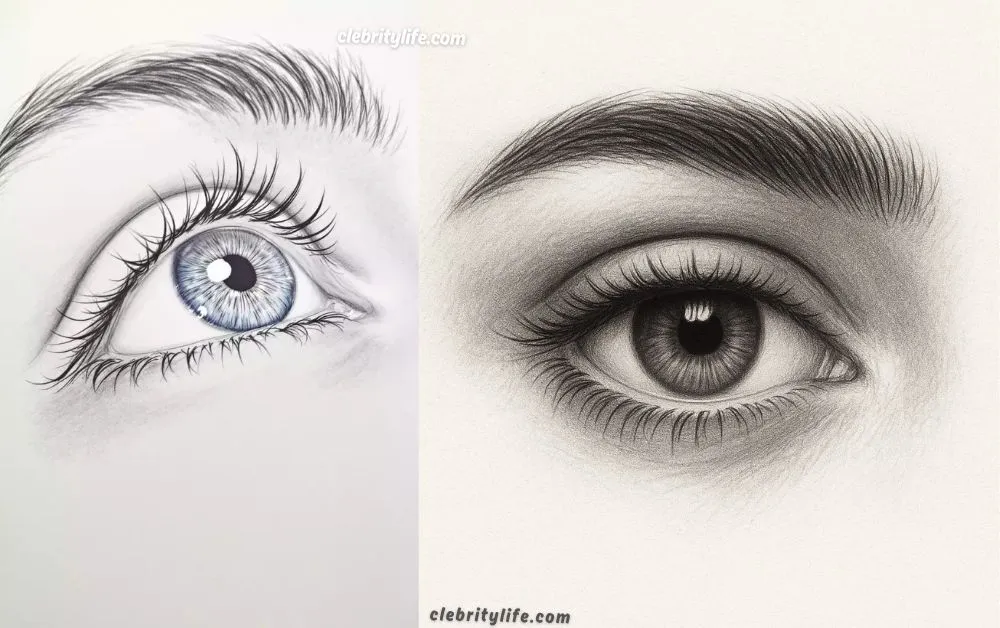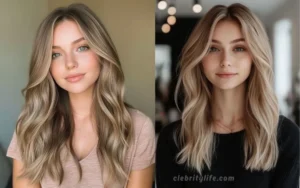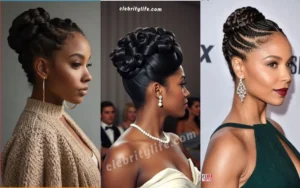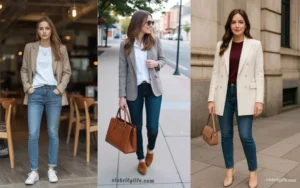Eye drawing is one of the most captivating parts of portrait art. Eyes express emotion, character, and life, making them a focal point of any drawing. Whether you’re creating a realistic portrait or an imaginative illustration, mastering the structure and shading of eyes can transform your art.
In this guide, we’ll explore ten unique styles of eye drawing — from realism and anime to fantasy and emotional eyes. Each section will help you understand different artistic techniques, improving your confidence and creativity as an artist.
1. Realistic Eye Drawing

A realistic eye drawing focuses on accuracy and fine detail. Artists capture the eyelids, lashes, pupil, iris, and reflections to bring the eye to life. Use soft graphite pencils for blending, and pay close attention to light sources. The subtle differences in tone between the sclera and iris make a big impact. Practice observing real eyes to master proportion and depth.
2. Cartoon Eye Drawing
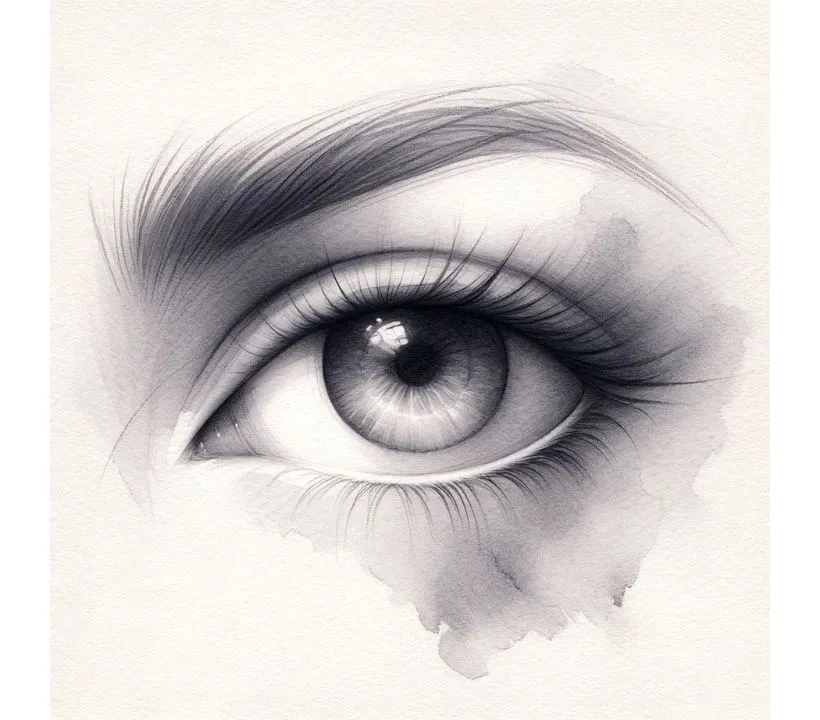
Cartoon eyes are all about expression and simplicity. Instead of fine details, they use exaggerated shapes and lines to show mood. Large round eyes with tiny pupils show surprise, while narrow eyes can suggest confidence or anger. This style gives you freedom to experiment with emotion without focusing on realism.
3. Anime Eye Drawing
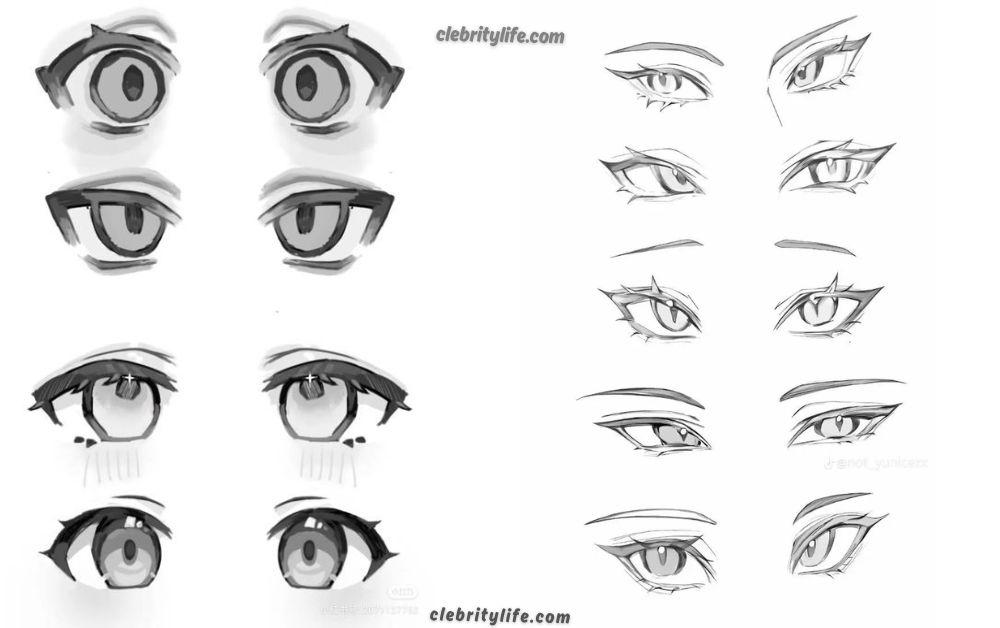
Anime eye drawing emphasizes dramatic beauty. These eyes are large, vibrant, and full of reflection. Artists use multiple layers of shading and highlights to make them appear glossy and alive. Experiment with different iris shapes and sparkle placements. Anime eyes can instantly tell a story without words, which is why they’re so popular among digital artists.
4. Female Eye Drawing
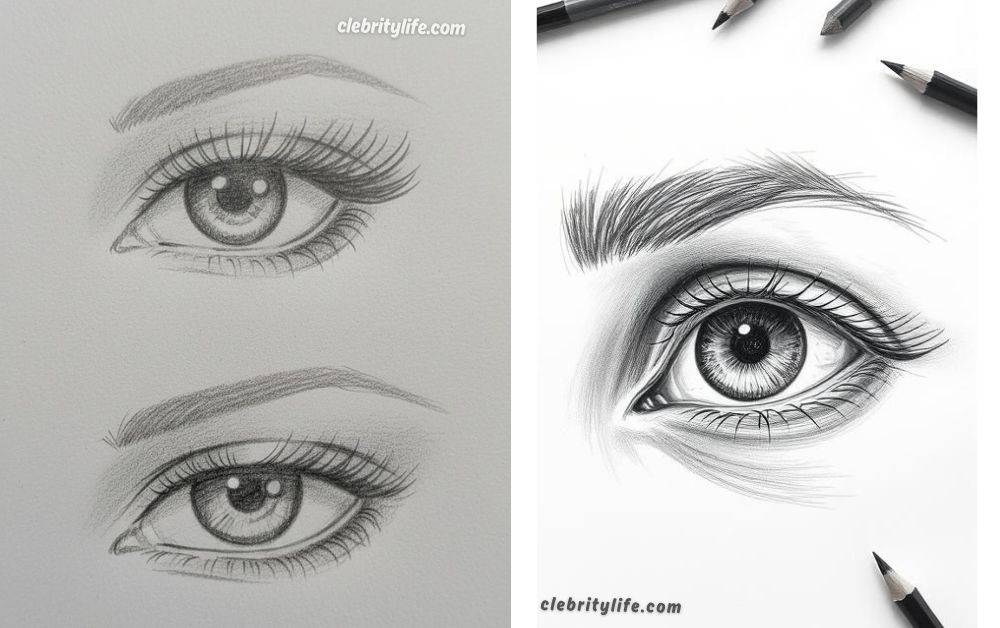
When drawing female eyes, focus on softness and symmetry. Curved lashes, smooth shading, and light reflections create a gentle, elegant appearance. The eyebrows play an important role too—arched and refined shapes enhance femininity. Use blending tools to smooth shadows and avoid sharp pencil marks.
5. Male Eye Drawing

Male eyes usually have stronger features and deeper shadows. The structure is sharper, with less curvature in the lashes and more defined eyelids. To emphasize masculinity, use bold strokes around the brow and eyelid areas. Keeping the lines minimal and confident makes the eye look realistic without over-detailing.
6. Fantasy Eye Drawing

Fantasy eyes allow limitless creativity. You can create glowing irises, unique shapes, or animal-like patterns. Add stars, galaxies, or mystical symbols inside the iris to make the design otherworldly. Fantasy eyes are perfect for digital illustration, character design, and imaginative sketches.
7. Step-by-Step Eye Drawing Guide
Here’s how you can draw a simple realistic eye easily:
- Start with a light outline of the eye shape.
- Sketch the iris as a perfect circle inside the outline.
- Add the pupil and mark the light reflection area.
- Draw the eyelids and define the waterline.
- Add the upper and lower lashes.
- Shade the iris to show depth and texture.
- Blend gently using a blending stump or tissue.
- Darken the pupil and add final highlights.
This process builds a balanced structure and helps you gain control over light and shadow.
8. Emotional Eye Drawing
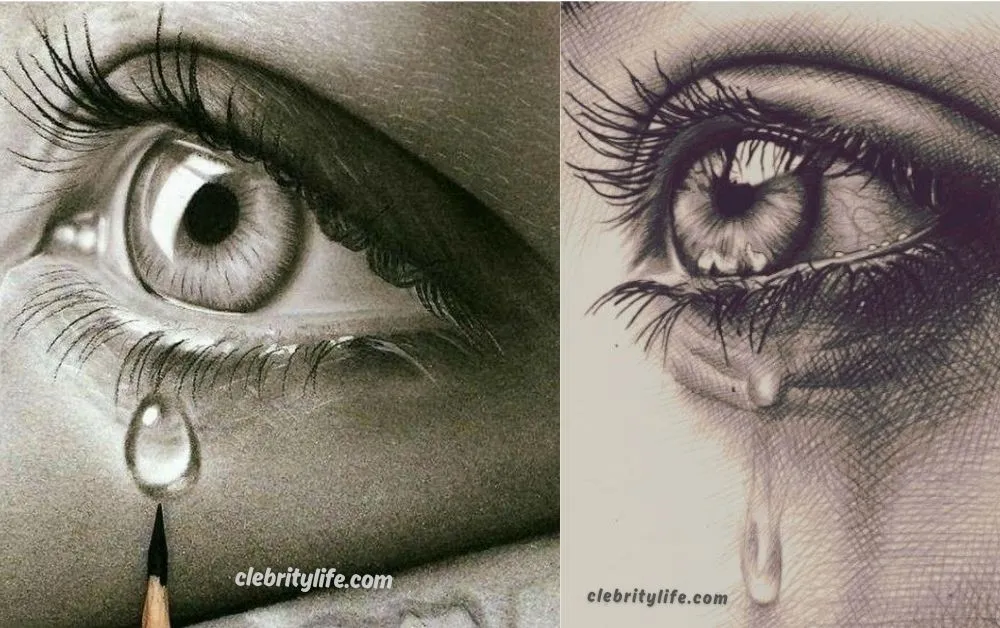
Emotion in the eyes is everything. Whether it’s sadness, happiness, or anger, the shape and line intensity change with feeling. A teardrop, a raised brow, or a half-closed lid can speak volumes. Practice observing real emotions and try to capture them through the subtleties of line work and shading.
9. Closed Eye Drawing

Drawing closed eyes improves your sense of anatomy and muscle structure. The eyelids must look natural, resting softly over the eyeball. Light shading on the upper lid adds realism, while faint lashes show calmness or rest. Closed-eye sketches often evoke peace, sleep, or emotion without revealing the full face.
10. Eye Drawing in Different Art Styles
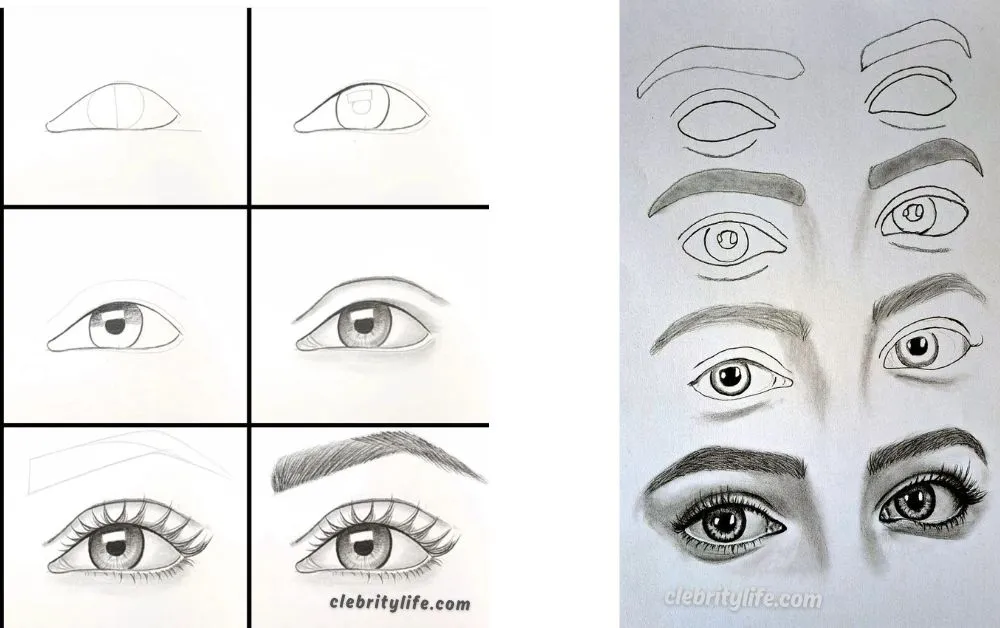
Every art style changes how eyes are drawn. In realism, shading defines structure. In minimalism, a few bold lines can say everything. In surrealism, you might use multiple pupils or unconventional colors. Exploring different techniques expands your artistic vision and helps you find your signature style.
Conclusion
Eye drawing is more than just sketching shapes—it’s about understanding emotion, depth, and personality. Each style teaches a new skill that strengthens your overall drawing ability. Keep practicing daily, experiment with styles, and you’ll soon master the art of expressive and realistic eyes.
FAQs
Q1: What is the best pencil for eye drawing?
Use HB to 6B pencils. HB works for outlines, while 2B–6B are great for shading depth.
Q2: How can I make my eye drawings look more realistic?
Focus on highlights, smooth blending, and studying real photos to capture reflection and texture.
Q3: Is digital or traditional eye drawing better for beginners?
Both work well—traditional improves hand control, while digital helps experiment with layers and color easily.

I am Asim Ali, a skilled content writer and SEO expert with 2 years of experience. I have had the privilege of contributing to the BBC News website.
